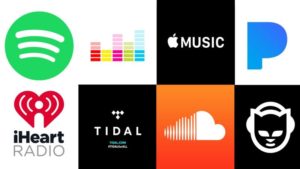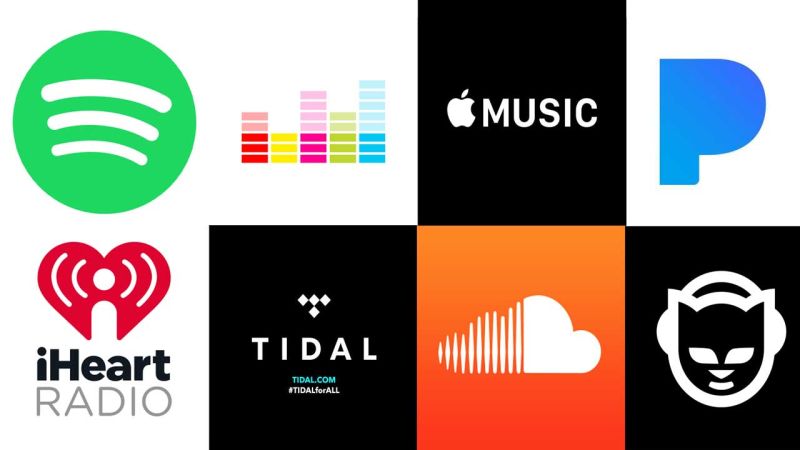 June 30th 2017, Jay Z fans, that had a subscription with the music streaming platform Tidal, were treated with the release of his thirteenth studio album 4:44. Non- Tidal subscribers had to either wait a week or two, when the album will be available on all other platforms; or scramble to find other ways to consume the highly anticipated project. This strategy; in which a music streaming platform gets exclusive rights to release an artist’s music first, or sometimes entirely exclusive; is a strategy all other platforms are also using, to try and get an upper hand in the streaming market. This, is the music industry in 2017. Given the rise of the internet, the traditional ways record labels and artist used to distribute music is fading away, and the music industry must now rely on music streaming. There are many implications, (good and bad) for tech companies, labels, individual artists, consumers, and the music industry as a whole, that I will explain.
June 30th 2017, Jay Z fans, that had a subscription with the music streaming platform Tidal, were treated with the release of his thirteenth studio album 4:44. Non- Tidal subscribers had to either wait a week or two, when the album will be available on all other platforms; or scramble to find other ways to consume the highly anticipated project. This strategy; in which a music streaming platform gets exclusive rights to release an artist’s music first, or sometimes entirely exclusive; is a strategy all other platforms are also using, to try and get an upper hand in the streaming market. This, is the music industry in 2017. Given the rise of the internet, the traditional ways record labels and artist used to distribute music is fading away, and the music industry must now rely on music streaming. There are many implications, (good and bad) for tech companies, labels, individual artists, consumers, and the music industry as a whole, that I will explain.
First, tech companies like Aspiro; the company that created the aforementioned streaming service Tidal, benefits greatly from this rise. Aspiro competes for streaming market shares with other gigantic companies like Apple (Apple Music), and Spotify; which at the moment is the top music streaming platform, with the most subscribers and revenue. In 2016 music streaming services as a whole, made up 50% of all U.S. music revenue, as reported by the Recording Industry Associations of America (RIAA). These numbers, I’m sure will continue to grow in the upcoming years. Thus, these tech companies will have more resources and opportunities, as the need to create new products and strategies to keep their service competitive, is key.
The Internet, and the growth of music streaming, also greatly benefits individual artists. Artists are now empowered to create, market, and distribute their music without the help of a record label. This means that artist can make more profits from their music, as they are “cutting out the middleman”. The flip side to this however, if an artist decides to go the independent route, they would have to cover all marketing costs themselves. There are also challenges with being heard. The internet has open the flood gates, that record labels once guarded. There are more music available to consumers, because any artist with an internet connection to submit their music to these streaming platforms. These issues can be very challenging for newer artists who aren’t as establish yet, trying to be heard through all the “noise’.
Record labels, as well as the entire music industry will have the biggest challenge with the rise of music streaming. As more consumers prefer streaming subscriptions over buying physical copies of music, the industry must find new ways to effectively put a measure on the number of “streams” a project gets, and how to capitalize off that number. It’s also a peculiar situation for consumers as well. If a consumer had a Spotify subscription instead of Tidal on June 30th, they weren’t able to hear the Jay Z album upon the initial release. So that means one would have to pay for multiple subscriptions at a time in order to have access to any piece of music, anytime they want. Or they can always wait, but in this microwave society we live in; that the internet has help to create, where we want what we want right now; would waiting be appeasable? Or maybe waiting creates more buzz around the music, which keeps listeners engaged? Whatever the case, it’s been working so far, and it’s only the beginning.
Credit: @DJChalant

